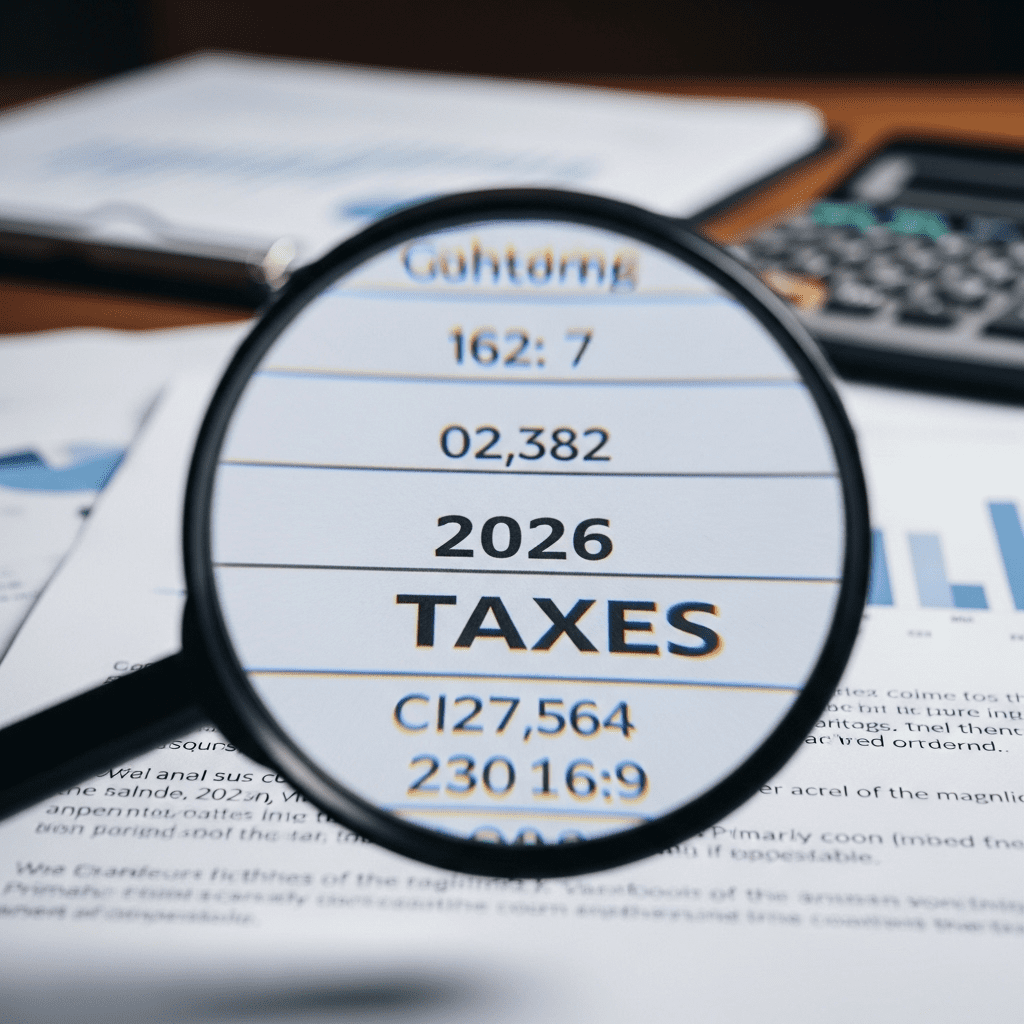The landscape of tax legislation is continuously evolving, and understanding the 2026 tax bracket changes impact retirees is essential for anyone planning or already enjoying retirement. With key provisions from the 2017 Tax Cuts and Jobs Act (TCJA) set to expire, significant shifts in federal income tax rates are on the horizon, and retirees need to prepare accordingly.
Understanding the 2026 Tax Bracket Changes Impact Retirees
Many retirees have built their retirement income plans under the current tax code, but starting January 1, 2026, many of the tax cuts introduced in 2017 will sunset. This means the federal income tax brackets will revert to pre-TCJA levels, affecting not just workers but those relying on Social Security, pensions, IRA withdrawals, and investment income.
How Tax Bracket Changes Affect Retirement Income
The reversion to higher marginal tax rates could directly impact how much retirees pay in federal taxes. For instance, the 12% bracket will increase to 15%, and the 22% and 24% brackets will jump to 25% and 28%, respectively. This change may result in more of a retiree’s withdrawals from traditional IRAs, 401(k)s, or other tax-deferred accounts being taxed at a higher rate. Even Social Security benefits could become subject to more taxes if your total income crosses certain thresholds.
Implications for Required Minimum Distributions (RMDs)
Required Minimum Distributions (RMDs) from tax-deferred accounts are mandatory for retirees starting at age 73. With higher tax brackets, each RMD could push more retirees into higher income thresholds, amplifying the tax burden on their retirement savings. Proactive retirees may want to consider whether Roth IRA conversions in 2025 could help lock in current, lower tax rates ahead of the 2026 tax bracket changes impact retirees much more acutely.
Strategic Moves Ahead of 2026: What Retirees Should Consider
Prioritizing tax-efficient withdrawal strategies is more important than ever. Consider the following steps:
- Accelerate Income in 2025: If you have flexibility over when to take retirement account distributions, claiming more income before the 2026 bracket adjustments could mean paying less tax overall.
- Review Roth Conversion Opportunities: Converting traditional IRAs or 401(k)s to Roth accounts before 2026 enables you to pay tax at today’s rates, potentially lowering future taxable income.
- Bundle Deductions: Deductions and credits may also be adjusted as part of the sunset provisions; bundling itemized deductions into 2025 could yield greater benefit than after 2026.
Taxation of Social Security and Other Income Sources
The 2026 tax bracket changes impact retirees’ Social Security benefits in indirect ways. If higher RMDs or other income pushes you into a higher bracket, up to 85% of your benefits may become taxable. Similarly, capital gains and qualified dividends could be subject to higher rates if your taxable income increases.
Estate Planning and Gift Strategies
Estate tax exemptions are also set to drop significantly in 2026. Retirees considering wealth transfer strategies should review current and upcoming thresholds to make informed decisions on gifting or legacy plans. For those exploring estate planning strategies, understanding the changing rules is crucial for preserving wealth.
How to Prepare for the 2026 Tax Bracket Changes Impact Retirees
Retirees should begin working with their financial advisors well ahead of 2026 to adjust their plans. Review your sources of income, tax withholding strategies, and overall portfolio allocations. Utilizing professional financial planning resources can offer deeper insights tailored to your specific situation.
Monitoring Legislative Developments
Congressional action could delay or amend the sunset provisions. Staying up to date with financial news and trusted investment insights can help catch any last-minute legislative moves that impact retirement taxation.
Conclusion: Stay Informed and Proactive
The 2026 tax bracket changes impact retirees across income levels, making 2025 a critical year for tax planning. By recognizing how these upcoming changes affect distributions, Social Security, and estate planning, retirees can position themselves to minimize tax liabilities and maximize retirement income security.
